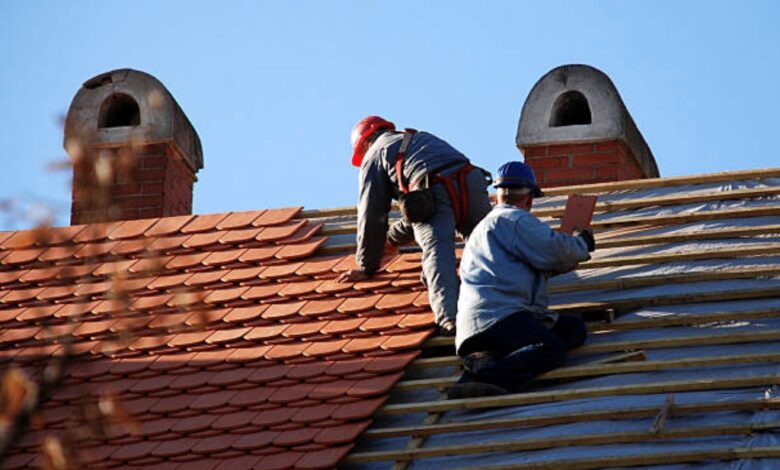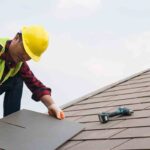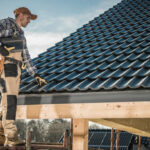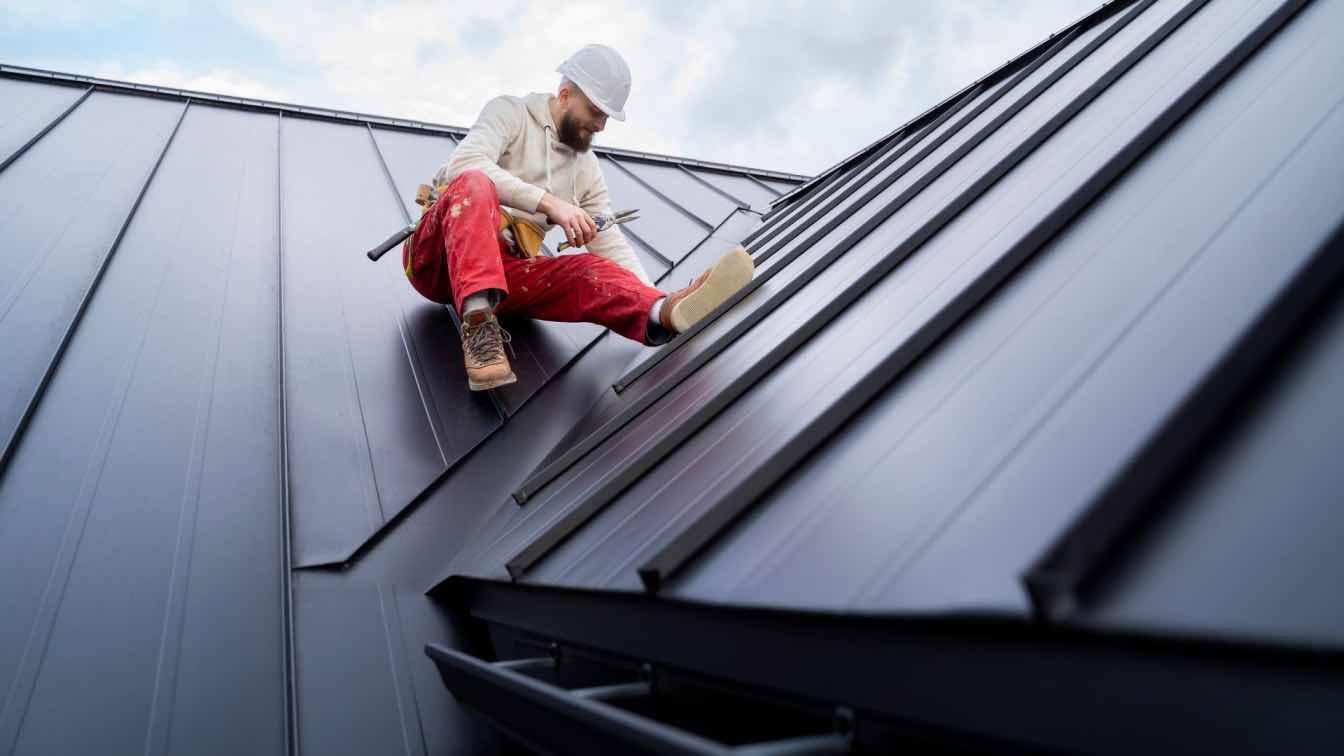3 Common Reasons Why Roofs Leak
Do you know what causes a leakage in your roof? Even a well-maintained roof can suddenly develop problems that lead to water seeping inside your home. Understanding the underlying causes can help you prevent costly damage and extend the life of your roofing system. From natural wear and tear to damaged materials, several factors can make your roof vulnerable. Here are three of the most common reasons why roofs leak, along with tips to protect your home from future issues. By staying alert and addressing small problems early, you can maintain a durable, leak-free roof for years to come.

Content
Old Age – A Major Reason Why Roofs Leak
Over time, every roof naturally deteriorates due to constant exposure to sun, wind, and rain. Asphalt shingles, for example, can become brittle as they expand and contract with temperature changes. Prolonged exposure to harsh sunlight causes the tar to melt and weaken, reducing the roof’s ability to repel water. As the materials age, small cracks and gaps appear, allowing moisture to seep through. This gradual damage is one of the most common reasons why roofs leak in older homes. If your roof has reached or exceeded its expected lifespan, it’s smart to plan for a replacement and consult professional roofing contractors to avoid costly repairs later.
Flashing – Overlooked Yet Common Cause Why Roofs Leak
Compromised flashing is a common problem on a roof. Flashing are thin strips of metal intersected at danger points to prevent leaks around a roof. When it comes to a chimney, they are bent at 90 degree angle to attach both the roofing material and brick chimney.
Flashing have to be properly sealed to protect against water intrusion. It better be remain nailed in place and is squared away, the metal will rust and crack.
Expect the cost of replacing old flashing will be a couple hundred of dollars. It depends on job size and desired material. It might be tempting to marshal forces of calking and roof cement in battle against faulty flashing. It’s a temporary solution reserved if you know the roof needs replacement soon.
Missing Shingles

Missing or damaged shingles are one of the easiest problems to spot yet one of the most common reasons why roofs leak. When a shingle blows off during a storm or becomes loose over time, it leaves the underlying roofing layers exposed to moisture. Once rainwater seeps through, it can travel along the roof deck and eventually drip into your ceiling or walls, causing costly interior damage. Even a single missing shingle can compromise the entire roofing system if left unattended. Replacing a missing shingle involves carefully removing the nails from the course below, sliding in a new one, and securing it properly. However, if you’re not experienced with roof repairs, contacting a professional shingle roofing specialist ensures the job is done safely and effectively, preventing future leaks and preserving your home’s protection.
Final Thought:
Understanding why roofs leak is the first step toward protecting your home from serious water damage. Regular maintenance, timely repairs, and professional inspections can help extend your roof’s lifespan and prevent costly issues. Don’t wait for leaks to worsen—address them early to keep your roof strong and secure for years to come.
FAQ’s:
What is the main cause of roof leaks?
Aging materials, damaged flashing, and missing shingles are the most common reasons roofs start leaking.
How do I stop my roof from leaking?
Inspect for cracks or missing shingles and seal small gaps. For major leaks, hire a professional roofer.
Why is my roof leaking when it rains?
Heavy rain exposes weak spots like cracked flashing or loose shingles, allowing water to seep through.
How to stop leakage of water from roof?
Locate the source quickly and patch minor areas. For lasting protection, schedule expert roof repair.

Kurt Avans is a home improvement blogger who strives to improve his life and the lives of others. He provides homeowners with helpful tips on how to renovate their homes. His goal is not only to provide easy-to-follow instructions, but also share his own personal experiences for those seeking guidance.










